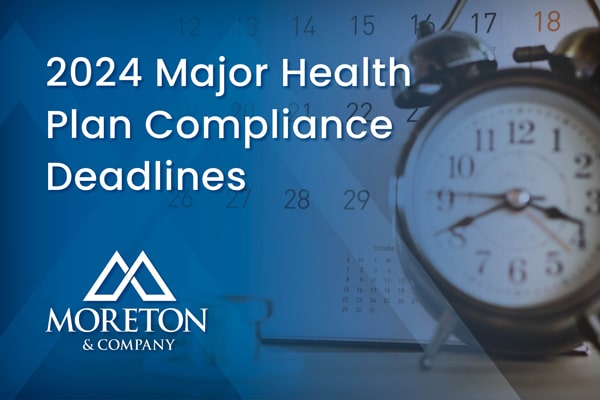
Suicide Education & Prevention
Suicide is a leading cause of death for Americans, but like mental health in general, the topic rarely gets the attention it deserves. There is a stigma around suicide and mental health in the United States that hinders meaningful conversation about the subject. Open dialogue is essential to preventing these tragic deaths and establishing safety outlets for those in need.
Having a mental illness issue does not guarantee a person will be suicidal. However, some mental illnesses can make positive thinking much more difficult for many people. The CDC describes mental illness as “conditions that affect a person’s thinking, feeling, mood, or behavior.” Common types of mental illness include depression, anxiety, and personality disorders.
Current statistics estimate that approximately 1 in 5 Americans live with a mental illness. This dispels the idea that mental health is something that can be willed away. Chances are most people have either personally experienced or know someone with a mental illness, or work with an individual who has. We all must take meaningful steps to support people in our lives with mental health conditions rather than ignoring the symptoms. Inaction is a large part of the problem.
One of the most effective ways to reduce the risk of suicide is by being there for someone in need. Below are some resources that are aimed at addressing and preventing suicide resulting from mental illness:
- “Preventing Suicide: A Technical Package of Policy, Programs, and Practices” (www.cdc.gov/violenceprevention/pdf/suicideTechnicalPackage.pdf)
- Important information about suicide in the United States
(www.cdc.gov/vitalsigns/suicide) - The Depression and Bipolar Support Alliance (www.dbsalliance.org)
- American Foundation for Suicide Prevention is an organization dedicated to those affected by suicide by providing research, education, and advocacy as a nationwide community resource. (https://afsp.org/)
- “Be The 1 To” is a campaign created by the National Suicide Prevention Lifeline committed to suicide prevention. (www.bethe1to.com)
- Also, visit www.suicidepreventionlifeline.org or call 988
988 Suicide & Crisis Lifeline
In 2020, Congress designated a new 988 dialing code to be operated through the existing National Suicide Prevention Lifeline. Substance Abuse and Mental Health Services Administration (SAMHSA) sees 988 as the first step towards a transformed crisis care system in America.
What is 988?
The 988 Suicide & Crisis Lifeline (formerly known as the National Suicide Prevention Lifeline) offers 24/7 call, text, and chat access to trained crisis counselors who can help people experiencing suicidal, substance use, and/or mental health crisis, or any other kind of emotional distress. People can also dial 988 if they are worried about a loved one who may need crisis support.
Is 988 only for suicide-related crises?
The Lifeline responds 24/7 to calls, chats, or texts from anyone who needs support for suicidal, mental health, and/or substance use crisis and connects those in need with trained crisis counselors. Beginning July 16, 2022, this will be true for those who access the Lifeline via the new 988 dialing code.
How is 988 different from 911?
988 was established to improve access to crisis services to meet our country’s growing suicide and mental health-related crisis care needs. 988 provides more accessible access to the Lifeline network and related crisis resources, which are distinct from the public safety purposes of 911 (where the focus is on dispatching Emergency Medical Services, fire, and police as needed).
988 frequently asked questions. SAMHSA. (2022, July 29). Retrieved August 3, 2022, from https://www.samhsa.gov/find-help/988/faqs
Selecting a Mental Health Professional
For many people seeking help from a mental health professional, selecting the right provider is an important decision that should be made carefully. Credentials, competence, and comfort level with the provider are all things that should be considered.
Types of Providers
- Psychiatrists have medical degrees, can prescribe medication, and have completed at least three years of residency training beyond medical school in mental health care.
- Psychologists have a doctorate in psychology and generally complete a minimum of one or two years of internship before licensure.
- Professional Counselors have a master’s degree in a mental health discipline and at least two years of supervised post-graduate experience.
- Marriage and Family Therapists typically have a master’s or doctorate in marriage and family therapy and at least one year of supervised practice.
- Social Workers have a master’s degree in social work and at least two years of supervised post-graduate experience.
Finding the Best Fit
When choosing a mental health provider, there are many things you may want to consider or confirm.
- Seek referrals from physicians, friends, or family members.
- Ask your health insurance company for a list of providers.
- Contact your Employee Assistance Program (EAP) at work for a referral.
- Consider other factors such as age, race, gender, religion, and cultural background.
- Confirm what treatments each potential provider offers.
- Verify the provider’s experience.
- Ask how the provider handles emergencies or crisis support.
- Confirm if the provider is in your health plan’s network.
When looking for a mental health provider, remember that you may be establishing a long-term relationship with this practioner, so it’s important to feel as comfortable with them as possible.


